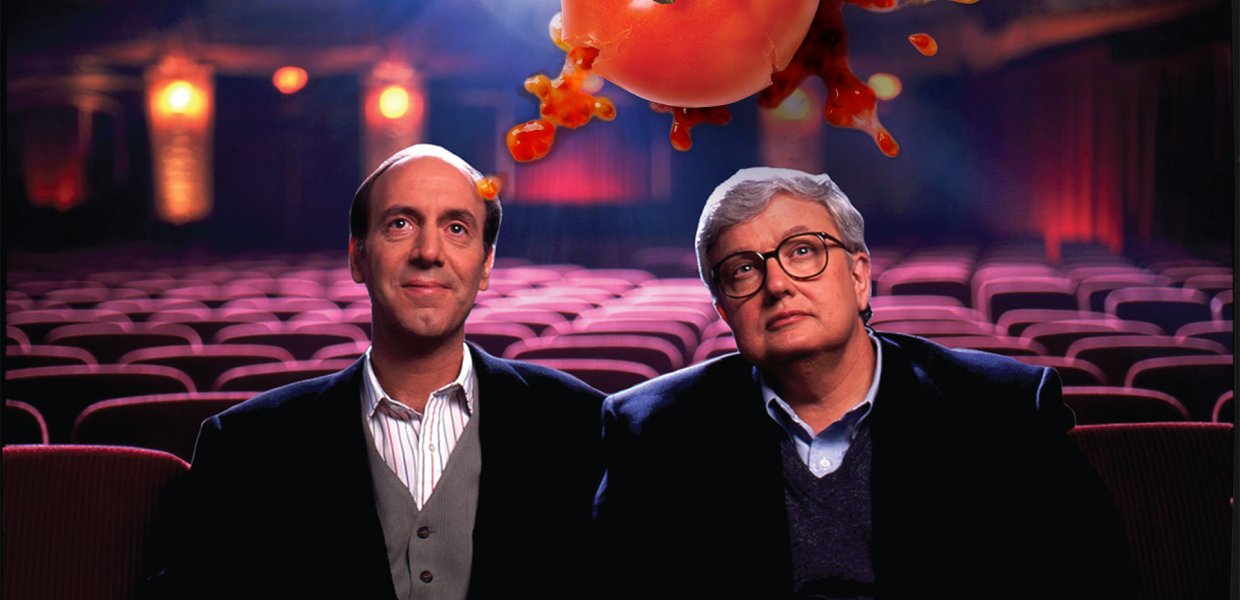Film criticism died at the birth of television. At least, that’s what former Time movie critic and editor-in-chief of Film Comment Richard Corliss said in his 1990 column, “All Thumbs: Or, Is There a Future for Film Criticism?” The cause of his concern? Two new, flashy television personalities he felt were the disintegration of the pure, academic, poetic form of written film criticism — Roger Ebert and Gene Siskel.
That’s right. The guys who so many movie fans believe rejuvenated film criticism for the visual age got backlash from “traditional” written critics when their show began. It’s kind of funny to think that now — eight years after the show, featuring different hosts, went off the air — the rapidly changing digital media space might have Corliss begging for the days of At the Movies.
Now, the question of “All Thumbs?” has become “Fresh or Rotten?” or “What’s Trending?” or a combination of those and more, thanks to the onslaught of online opinion, analysis and, yes, aggregation. Just as the ways we consume media have changed drastically in the last few decades, so have the ways to produce thoughtful criticism about the media we consume.

Where these video and audio critics are taking us represents an exciting chapter in the evolving narrative of film criticism. The ability to pause and zoom allows a crafty YouTuber to dive into a scene’s shot construction in minute detail. Access to streaming services lets a critic watch a movie over and over so as to not miss a detail while dissecting the plot for Easter eggs and hidden gems. The rise in podcasts and long-form audio platforms connects the critic to the listener in an intimate setting, as if you’re listening in on a conversation between friends who love or hate a film as much as you do.
The key culture-shifting component of new media film criticism is the critic’s relationship with their audience. A critic’s specific interests and the cult of personality that sometimes surrounds them fosters a special, kinetic kind of fan-to-critic relationship. Are you interested in taking a revisionist look at classic Disney animated films? Passionate about fair representations of race and gender in films? Curious to see what your favorite directors might reveal about their next film after having a glass or two of champagne? There’s probably somebody out there who shares the same interests, no matter how niche or off-kilter. It’s just a matter of finding a voice that speaks to you.
According to a survey we conducted on YouTube of users on Rotten Tomatoes and Fandango channels, people overwhelmingly preferred movie-related video content over audio or text. (This might be expected given the medium on which the survey was conducted.) But when asked where they preferred to get movie recommendations, a majority of respondents selected friends and family (60%) over video reviews (11%). It’s possible that the audience for video and, subsequently, long-form audio, is seeking film content that dives deeper than reviews and recommendations, content that aims to start and extend the conversation in new ways.
